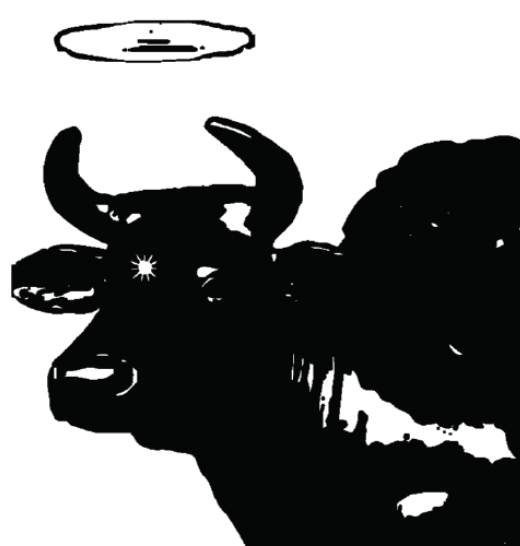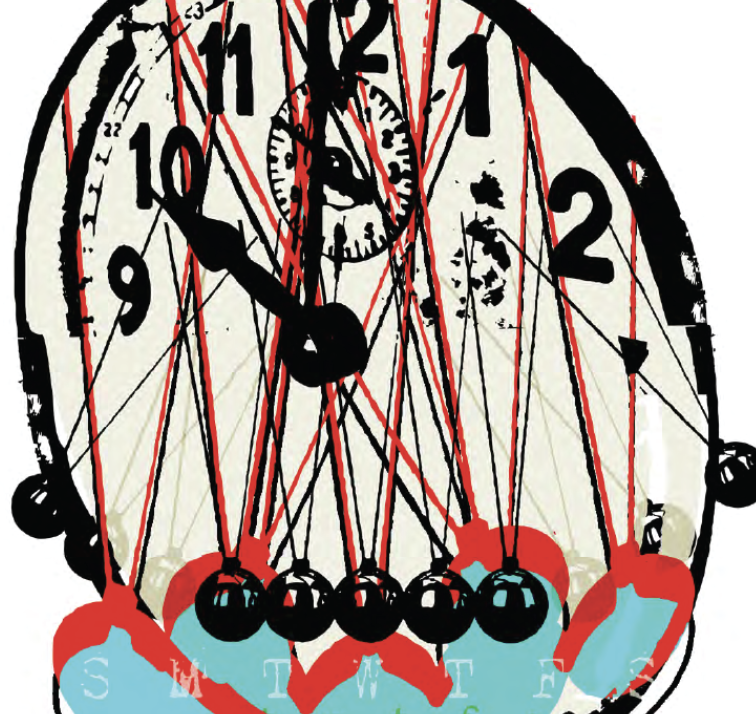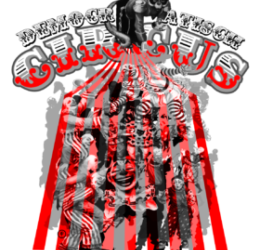Introduction
# 11 Die-Eet/Who-Eats Haiku is the eleventh of the Haiku writings by Henk Luijten. These Haikus have originally been written by Henk in his native language Dutch. Shortly after we got acquainted Camille made the illustrations for the writings. Not familiar with Dutch as a language yet. Consequently, it was a project through which Camille made herself more familiar with some of the aspects of the Dutch language. To catch the gist of the poems and translate the words into an image. Further, she also translated the Dutch poems into English.
# 11 Die-Eet/Who-Eats Haiku by Henk Luijten

What the poem is about
The “11 Die-Eet/Who-Eats” Haiku by Henk Luijten is about a man who apparently eats like a hungry lion. The addition of the Dutch ‘joh’ amplifies the amount of food he consumes. Hence, when Henk introduces the second line, he flips the subject to overeating. He does this by saying the man man should better go on a diet. Which, of course, emphasizes on the word pun he uses for the Dutch title.
Dutch word pun
‘Die Eet.’ In Dutch, the pun is constituted by just a single letter difference. This word pun can’t be translated into English directly. Maybe when for the translation the Dutch word ‘Die’ will be translated into the English ‘Thou’ it would constitute a similar meaning. A meaning closer to the Dutch word pun. Consequently the poem is also about being conscious of how much we, or the man, consumes.. The line in which he says there is also politics in friendships.
Meaning of ‘Die Eet’
Similarly, the meaning of the Dutch ‘Die Let,’ literally translated would be something like ‘It Eats.’ The word ‘Die’ refers to, in this case, the ‘he’ of the man. ‘Die ‘ is used as a neutral demonstrative pronoun. In this case, comparable to the way the germans use their ‘das,’ for grammatical neutral subjects. The way Henk used the ‘Die’ is somewhat special. Instead, the ‘Die’ would be followed by the subject.
Example
Let’s say we want to translate ‘the apple.’ In Dutch that will become ‘de appel.’ If we want to emphasize on the specific apple, the Dutch change out the ‘de’ for ‘die.’ Which in English would become ‘that apple.’ The way Henk used the ‘Die’ is how the Dutch use this word in their spoken language. As soon as the subject in a conversation is clear. Then, they sometimes leave out the subject. Let’s go back to the apple; if it tastes good, they may say ‘de appel is lekker.’ Or when they refer to the apple, where it has already mentioned, they would just say ‘die is lekker’. hence, leaving out the apple altogether.
Translation
For the translation into English Camille couldn’t literally translate this poem. Henk’s word pun ‘Die Eet’ can’t be translated directly. For the choice of the overall meaning of the poem she diverted from the direct translation. Hence the ‘Who Eats’ title for the translated poem.
Image for # 11 Die-Eet/Who-Eats Haiku by Henk Luijten

Illustration and translation into English by Camille Wilkinson
More examples of Haiku writings from Henk Luijten in Dutch and English
We hope you like the Haiku writings by Henk Luijten
Here, you have read the eleventh issue of the Haiku writings by Henk Luijten. We naturally hope you will read them and appreciate them. As for the illustrations by Camille. Evidently, we hope they will indeed enhance the meaning of Henk’s writing. And that this very project may be an example and of assistance. As a means to help each and one another to understand each other better, beyond the borders of our native languages.
Read more about the Haiku Writings by Henk Luijten here>>





















0 Comments